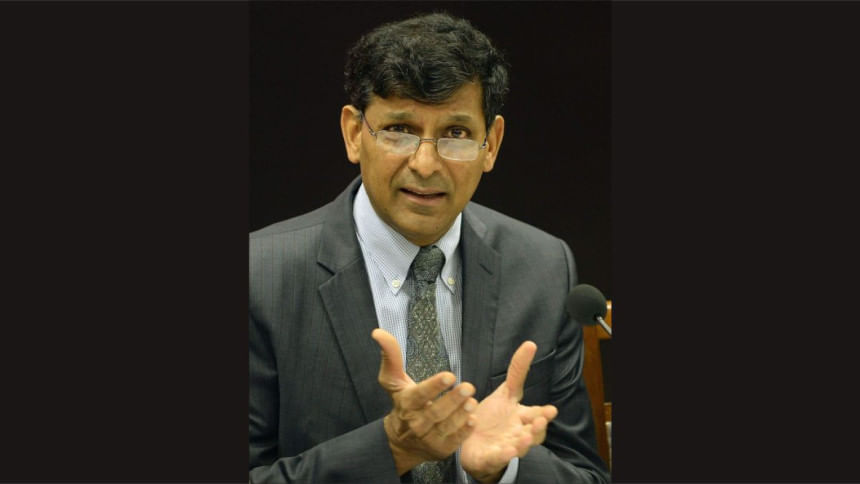India keeps interest rates on hold

India's central bank kept interest rates unchanged Tuesday, saying most commercial banks have yet to pass on two previous cuts to customers in Asia's third largest economy.
After meeting in the financial capital Mumbai, the Reserve Bank of India (RBI) said the benchmark repo rate -- the level at which it lends to commercial banks -- would remain unchanged at 7.50 percent.
The RBI's decision to hold rates had been widely anticipated by economists who said it would remain cautious due to inflation concerns, including the impact on food prices of crop damage from earlier than expected rains.
Rising food prices are a critical issue in India where even minor increases cause hardship for its tens of millions of poor.
But RBI governor Raghuram Rajan said the decision was also based on the fact that commercial banks have been reluctant to lower their own lending rates.
The RBI has already cut rates twice this year in an attempt to encourage lending to businesses and boost economic growth to help create jobs for millions of young people.
But only a few of India's banks -- saddled with bad loans and seeing lower profits -- have passed them on to customers.
"Transmission of policy rates to lending rates has not taken place so far," said Rajan.
"With little transmission, and the possibility that incoming data will provide more clarity on the balance of risks on inflation, the RBI will maintain status quo in its monetary policy stance in this review," he said in a statement.
Rajan told reporters he was confident banks would eventually cut their rates because of competitive pressures "and the sooner they do, the better it will be for the economy".
"I do not see an environment where credit growth is tepid. Banks are sitting on money, so to speak, and their marginal cost of funding has fallen. The notion that it hasn't fallen is nonsense," he said.
Rajan has made controlling inflation a priority since taking the helm of the bank, resisting calls to reduce interest rates.
Consumer price inflation inched up to 5.37 percent in February from a year earlier, but the figure is still within the RBI's target of between two and six percent.
As well as inflation, the RBI has previously said that further cuts were dependent on Prime Minister Narendra Modi's government containing the fiscal deficit.
The right-wing government swept to power at general elections last May pledging to reform and revive the economy.
The government has forecast growth for the last financial year at 7.4 percent, meaning the economy is now outpacing China.
"My feeling is the RBI will use an early June window to cut rates, because after that, uncertainty of the monsoon and impact of a likely Federal Reserve rate move will come into the picture," said Rupa Rege Nitsure, group chief economist with Indian engineering giant Larsen & Toubro.
International Monetary Fund chief Christine Lagarde, on a visit to India last month, warned emerging markets to prepare for the impact of a US rate rise.

 For all latest news, follow The Daily Star's Google News channel.
For all latest news, follow The Daily Star's Google News channel. 



Comments